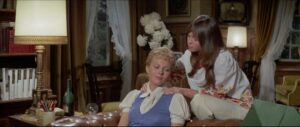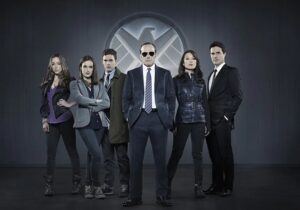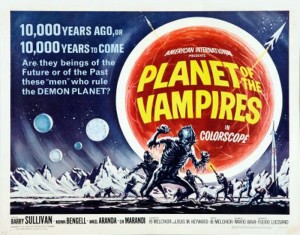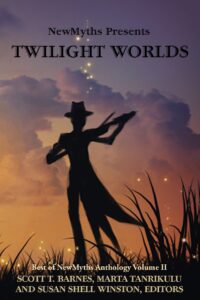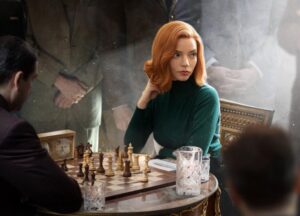When crating fiction a common bit of advice to ‘raise the stakes.’ This is a suggestion of magnify the penalty for failure for the protagonist making the eventual success or failure that much more impactful for the reader or audience. However, this is usually or at least often interpreted as threaten more lives, make the potential explosions larger, the potential death toll higher but that is too simplistic a way to think about stakes.
In franchise material there is what I call the ‘Bond Effect’ where each adventure has to have more on the line than the previous adventure. Very quickly the writers find themselves in the situation where Bond has to save the entire world, from nuclear annihilation, a murderous madman with a secret orbiting space station of death, what have you, and once he has saved the world saving it again has less entertainment value We know there is never going to be a Bond film where the world dies, not even the 70s got that bleak so the combination of an assured outcome and devalued victory makes each world save less thrilling until they become boring. For this effect magnified beyond look to the UK program Doctor Who where the stakes have been repeatedly raised to the entire universe sometimes destroying and recreating the universe as their climatic conclusions.
What all this misses is that stakes are most potent when we are emotionally invested in them. Setting aside the ‘save the world or universe’ trope the protagonist is they fail should suffer deep emotional coast and or loss. This is a lesson well learned in dramatic fiction and too often not in genre stories. Marvel studios did this particularly well in a couple of films, notably Captain America: The Winter Soldier where after saving the world we got to the real stakes for Steve Rogers, saving his friend Bucky Barnes from Hydra’s mind control and Captain America: Civil War where the world was never in danger but rather at its heart it is the friendship between Steve and Tony Stark that is in danger and in that story ultimately lost. The cost of failure is the emotional damage to the characters, these are very high stakes that are intimately personal and emotionally compelling for the audience.
It’s easy to craft plots with larger and larger death star threatening planets and entire star systems it is harder but more satisfying into dive deep into character and find the thing that matters most to them as a person and make us the readers and the audience share in the terror of losing that thing. Then you will have stakes that really matter.


